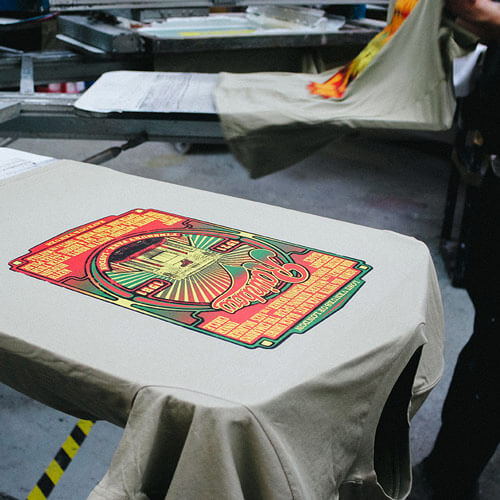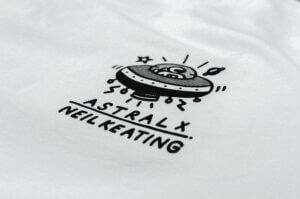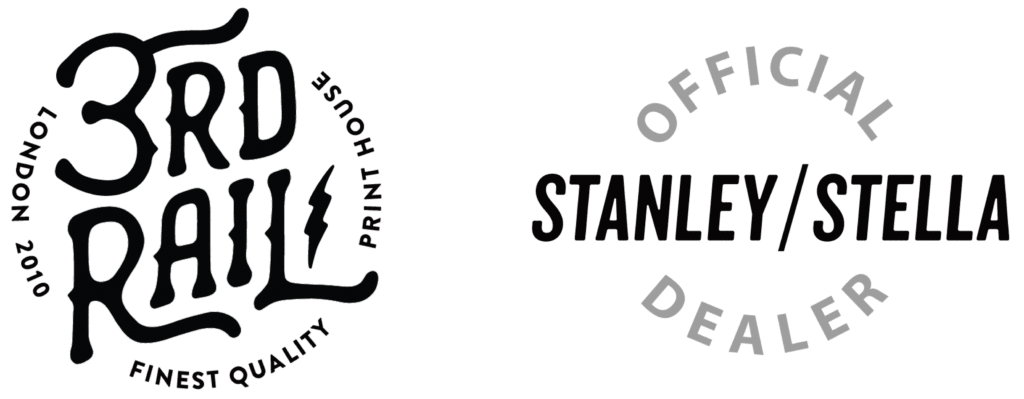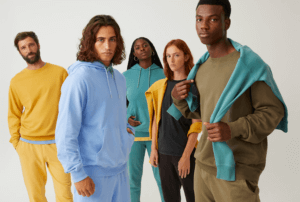
In today’s competitive world of fashion, it’s essential for clothing companies to stand out. One way to achieve this is by offering unique and eye-catching custom apparel. Whether you’re a startup clothing brand or an established company, creating custom merchandise is an effective marketing strategy that can help build brand awareness and connect with your target audience. To ensure your custom apparel makes the right impression, follow our top 10 tips for choosing the perfect design.
1. Know Your Audience
Before diving into design creation, it’s crucial to have a clear understanding of your target audience. Consider their age, gender, interests, and preferences. This information will guide you in making design choices that resonate with your customers and help you create custom apparel that appeals to their tastes.
For example, a clothing brand targeting eco-conscious consumers might opt for organic cotton t-shirts from companies like Stanley Stella or Continental, with nature-inspired designs.
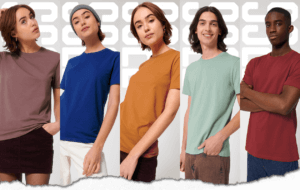
2. Choose the Right Garment
Selecting the appropriate garment for your design is essential, as it can greatly impact the final look and feel of your custom apparel. Research popular brands to find the best quality and style for your needs. Pay attention to the fabric, fit, and available colours, ensuring they align with your brand identity.
a stack of colourful t-shirts from Stanley Stella (source: Stanley Stella)
3. Keep Your Design Simple
A simple, well-executed design often makes a stronger impact than a complex one. Focus on a single message or concept that represents your
brand, and communicate it effectively through your design. Avoid using too many colours or intricate details, as these can be difficult to reproduce in screen printing and embroidery.
For instance, a minimalist design with bold typography can make a statement on a custom sweatshirt.
4. Consider Colour Psychology
Colours evoke emotions and can greatly influence the appeal of your custom apparel. When selecting colours, consider their psychological impact and how they relate to your brand. Keep your target audience in mind, as certain colours may be more appealing to specific demographics.
A graphic showing the meanings of different colours (source: creative photo design)
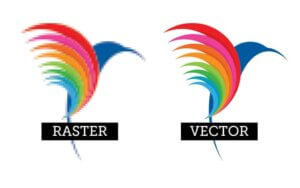
5. Use High-Quality Artwork
To ensure the best possible print results, use high-resolution artwork for your design. Vector files (such as .ai, .eps, or .pdf) are preferred, as they can be scaled without losing quality. If working with raster images (like .jpg or .png), make sure they have a resolution of at least 300 dpi.
Showcasing the difference between vector and raster (source: BPI Colour)
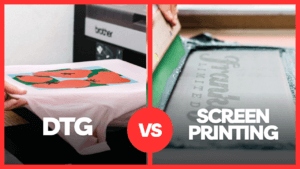
6. Experiment with Printing Techniques
Different printing techniques can dramatically alter the appearance of your custom apparel. Screen printing, for example, offers vibrant colours and a durable finish, while embroidery adds a touch of sophistication. Explore various methods like heat transfer, direct-to-garment printing, and sublimation to find the perfect fit for your design.
Image: DTG Vs Screen Printing
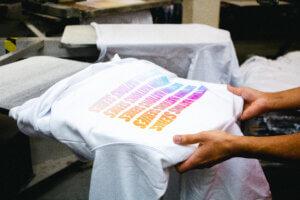
7. Test Your Design
Before committing to a large production run, it’s sometimes wise for more complex designs to create a sample of your custom apparel to ensure the design looks as intended. This will allow you to make any necessary adjustments and avoid potential issues, saving time and money in the long run.
An image of a designer examining a printed t-shirt sample

8. Think About Placement
The placement of your design on the garment can make a significant difference in its overall impact. Consider popular options like the left chest, full front, or back print, and determine which best suits your design and brand. Don’t be afraid to think outside the box and experiment with unique placements, such as sleeve prints or off-centre designs, to create a distinctive look.
An image of different design placements on a t-shirt
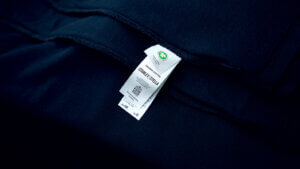
9. Optimise for Sustainability
With growing environmental concerns, many consumers are seeking sustainable clothing options. By choosing eco-friendly materials and printing techniques, you can appeal to these customers and enhance your brand’s reputation. Look for garments made from organic cotton, recycled materials, or fair-trade fabrics, and work with printers who use water-based inks or environmentally friendly processes.
An image of GOTS certified custom apparel (source: Stanley Stella)

10. Collaborate with a Reliable Printer
Lastly, partnering with a reliable and experienced printer is essential to ensure the best results for your custom apparel.
Here at 3rd Rail, we specialise in screen printing, embroidery, re-labelling, and customisation. Examples of our work, and our commitment to customer satisfaction and contact us to discuss your next idea.
By following these steps, you’ll be well on your way to creating stunning custom garments that reflect your unique vision and resonate with your target audience. Whether you’re an established brand or an up-and-coming creator, 3rd Rail has the expertise, resources, and support to bring your custom merchandise dreams to life.
Ready to bring your custom apparel vision to life? Get in touch with our team at 3rd Rail today for a personalised quote and let’s create something exceptional together.

